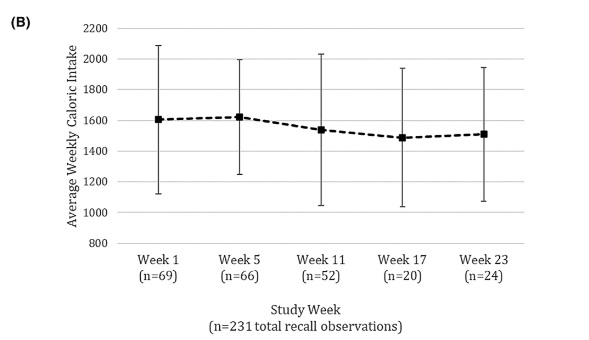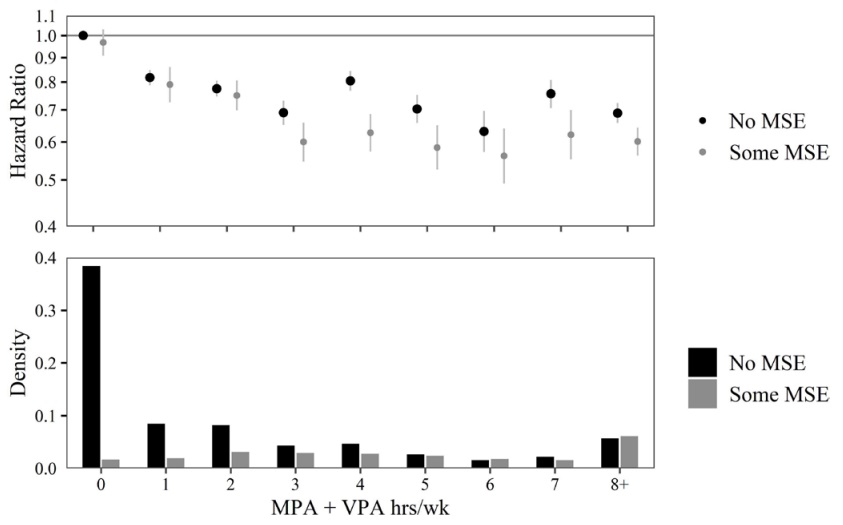
This one in generally healthy Finnish women suggests that the menopause-induced hormonal shift results in a proatherogenic metabolomic fingerprint, and that hormone therapy can partially modify this by influencing LDL, HDL, and glycine metabolism. 

- The authors identified 64 of the 180 observed metabolites as ‘menopause responsive’, that is, the variance in oestrogen and FSH directly explained 2–11% of these metabolites’ variances.
- The concentrations of apolipoprotein B, very-low density lipoprotein, triglycerides, LDL-c and HDL-c, shifted towards a pro-atherogenic profile.
- The levels of the ketone bodies 3-hydroxybutyrate and acetoacetate also declined.
- Menopausal hormone therapy was associated with an improved lipid and lipoprotein metabolome compared with untreated women.
Menopause modulates the circulating metabolome: evidence from a prospective cohort study (open access)
doi.org/10.1093/eurjpc…
#MetabolicSyndrome #Cholesterol #Triglycerides #women #hormones
doi.org/10.1093/eurjpc…
#MetabolicSyndrome #Cholesterol #Triglycerides #women #hormones
• • •
Missing some Tweet in this thread? You can try to
force a refresh










